Joy’s tipping point
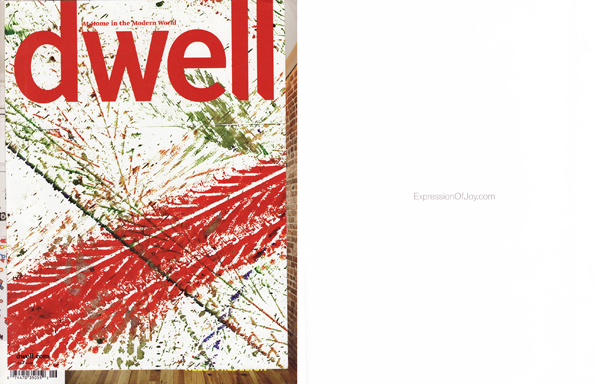
The moment I knew joy had “tipped” (i.e. reached its point of mass cultural relevancy) came earlier this month when I received my copy of Dwell magazine. The magazine had an overleaf on top of the regular cover with what looked like colored tire tracks and on the underside a simple link: ExpressionOfJoy.com. Given the name I rushed to my computer and entered the URL. What popped up, as you’ll see if you click through, is a BMW promotional site featuring what looks like a child’s drawing but is actually a giant “car painting” done with a Z4 and gallons of primary colored paint on a giant canvas.
The site shows the making of the painting in elegant time-lapse fashion, from the laying of the special paneled canvas through the creation of the artwork, with the paint spraying out from jets over the wheels. It’s fun to watch, beautiful, and certainly novel, but is it joy?
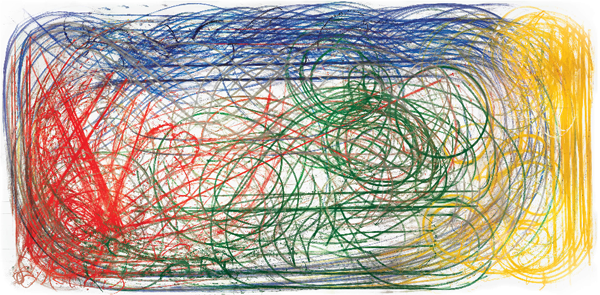
Joy, in word and intention, has been popping up all over these days, and this marketing gimmick from BMW is only the latest. Recent Pepsi ads have been using the word joy (among other happy words) with the “O” replaced by the new Arnell-designed Pepsi logo. Joy was in evidence on the cover of this year’s New York magazine design issue, featuring a nude woman gleefully throwing a gallon of fluourescent pink paint at a white wall. This week’s New York Time’s T style magazine proclaims that the Milan furniture fair was all about joy. And then there are the new brands that keep popping up with joy in the name or tagline, like Tipjoy, an app that allows you to send money via Twitter.
Of course, joy has always been a theme in our culture — witness Almond Joy, Joy dishwashing liquid, and the Joy of Cooking, as well as the many joy campaigns that flood the airwaves during the holidays — but there does seem to be a rising current of joy right now, and it’s not hard to understand why. When life is uncertain and hardship abounds, happiness may be a difficult concept to grab ahold of, but little peaks of joy are easy to aspire to. You may not be able to afford a the home you’d like, but a sunny day strolling the park is an always-accessible mood-lifter.
All of these examples, new and old, include aesthetic features we associate with joy — saturated colors, bright imagery, expressions of freedom and play — but sometimes looks can be deceiving. The BMW campaign is interesting to me because I feel it falls shy of the mark on joy. It is an enjoyable spectacle, to be sure, a fun example of the inner child let loose. But while it is wonderful on the first watching, on the second and third the emotional impact is noticeably diminished. The pleasure is in getting the joke, understanding how its made and marveling at the process. But the pleasure of the product is lacking in depth, and the piece plays like a novelty. Joy must be repeatable, and perhaps I am cynical, but I wonder if I saw this again in a year if it would inspire any emotional reaction at all.
Which is not to say I don’t like it. I really appreciate when companies engage the arts and try to raise the level of discourse and differentiation around their brands. Kohler and Bombay Sapphire have done this well, in my opinion. I do question whether this particular idea is necessarily on brand for BMW (a subject for another column, perhaps), and whether the naming was well thought out, or merely an attempt to glom on to the current trend towards joy.

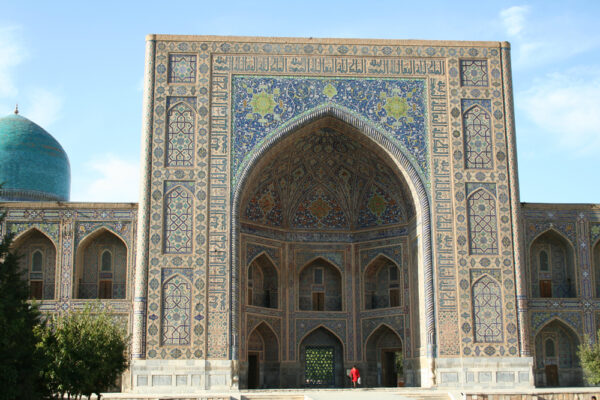
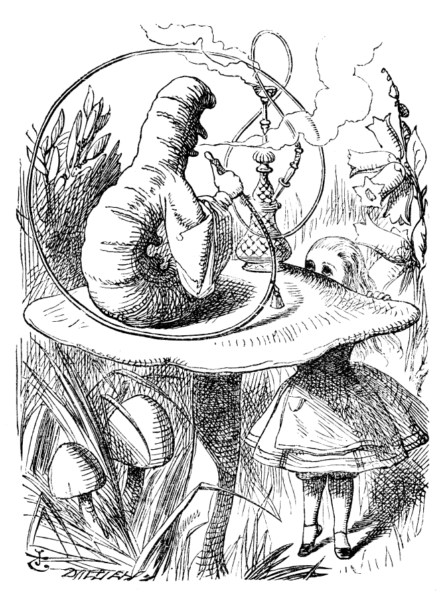
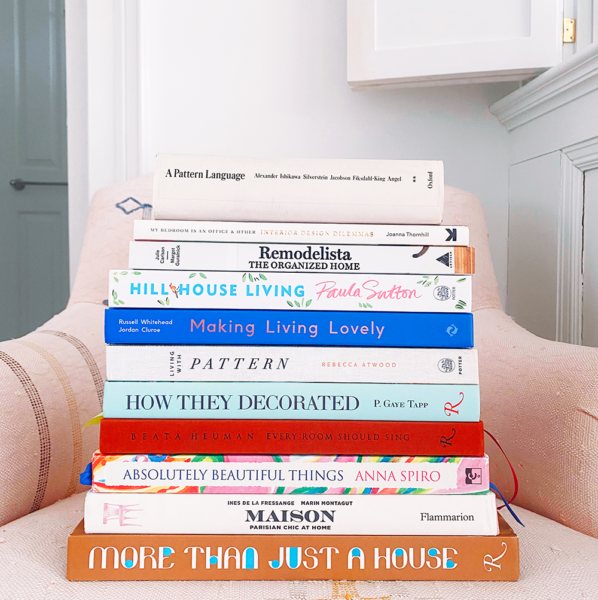

Leave a Comment